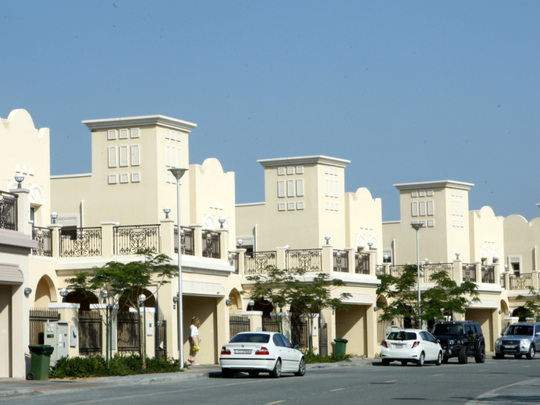
Globally, decision makers usually view affordable housing development from a developer’s viewpoint. As the accepted thinking goes, if developers are sufficiently incentivised then they will build good-quality affordable housing projects. Sometimes this includes the government zoning and land rights approach among other well-known financing interventions.
However, as we dive into the human approach, affordability resides at the heart of the monthly income management for average households.
Let us look at four household income bands in the UAE and connect that to affordability of a property purchase. Everyone will agree that it is fair to look at the primary household income as a key driver of affordability-related housing discussions.
In our analysis we have taken household income brackets starting from Dh10,000 to Dh35,000. We have analysed the value of property each income bracket could afford to purchase. This takes in certain assumptions, most importantly that affordability implies 30 per cent of total household income being paid towards housing. Other important caveats are that the analysis is based on 3.99 per cent interest rate and 25 per cent down payment or 75 per cent loan-to-value ratio. These will vary based on mortgage lender and one’s personal credit history.
The tenure of loan repayment is another major area of debate for affordability. A higher tenure means lower monthly repayment, but also a longer wait to fully own the property. Lower tenures result in higher repayment each month, however, it decreases the total interest paid to the lender and you will own your property earlier. Our approach is a conservative one, given this analysis relates to middle-income households, having taken a 240-month, long-term exposure on the tenure.
It is also important to be aware that the down payment requirement varies as per UAE Central Bank regulations. And the Dubai Land Department fees and agency commissions are separate amounts for the actual core property value discussion. However, we have included these to highlight the minimum upfront amount required for a household to enter the property ladder.
We observe that even at the lowest starting point of Dh10,000, should a loan be made available, the household can look at a maximum property value of Dh650,000. This will require more than Dh200,000 to be able to enter the transaction.
In the highest band of Dh35,000 per month income bracket, the household can at best look at a house priced at Dh2.3 million. Conservatively, they will be paying up to Dh750,000 in interest to the bank over a 20-year period. They would ideally need to have saved an equal amount to invest in their first property, including government fees and commissions.
So, even at the highest band, which is a bit higher than most affordable discussions will allow, we still see that the maximum they would be able to afford is a relatively modest apartment in only specific communities.
Overlaying this information on data from Property Monitor we can safely say that 14 per cent of properties transacted in Dubai this year are not within reach of anyone earning below Dh35,000. In the lowest band of Dh10,000, the household would be unable to participate on 74 per cent of properties transacted in Dubai.
This is a significant part of the market that is currently not in reach of a majority of the population that earns modest incomes. Perhaps the best solution for middle-income earners to enter the market is to crowdfund real estate assets. More on that in another article.











